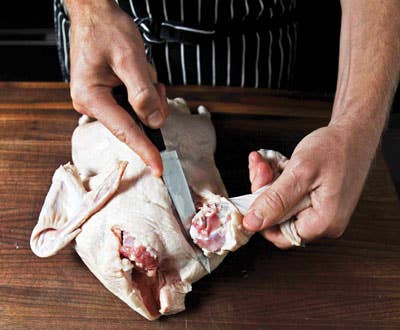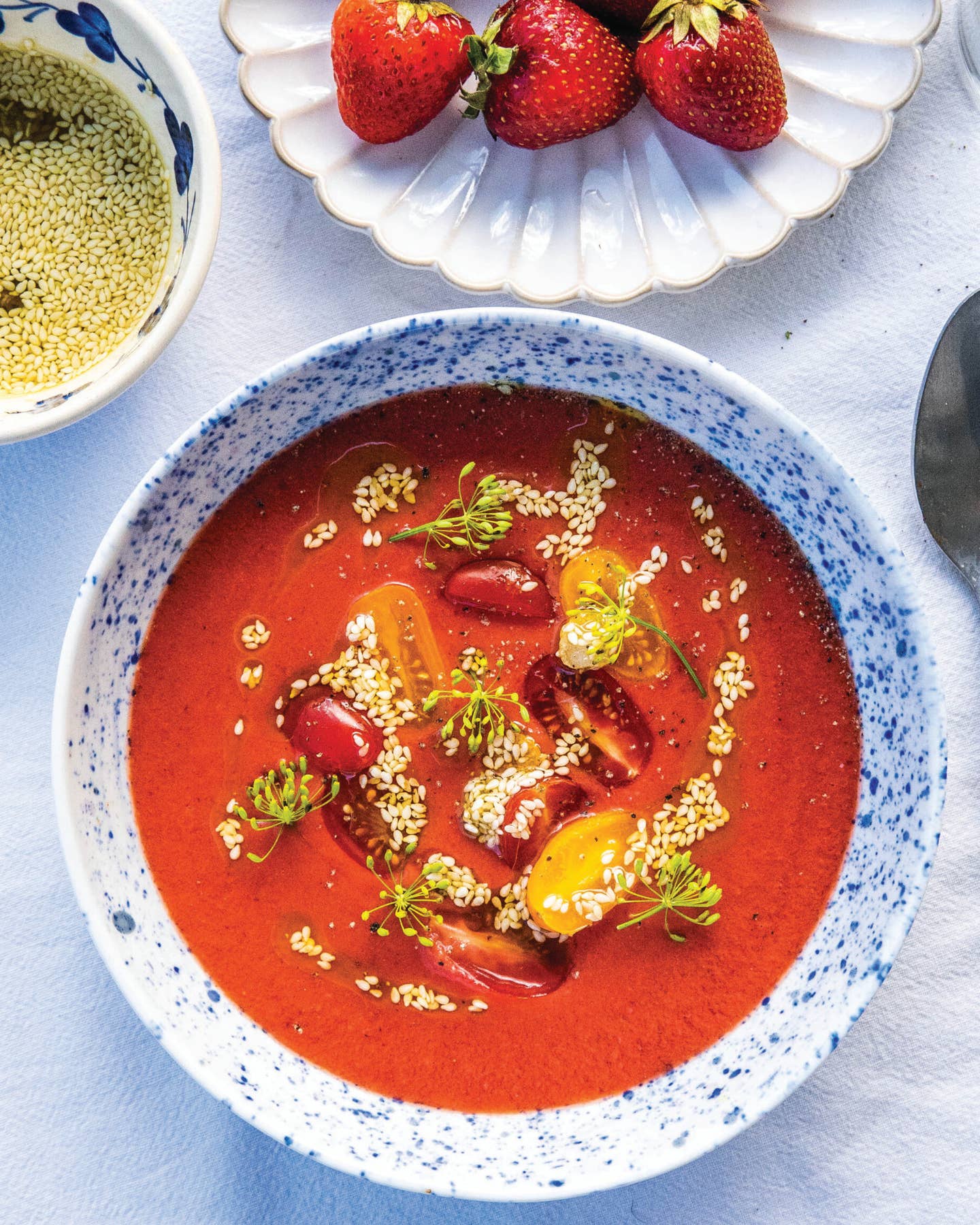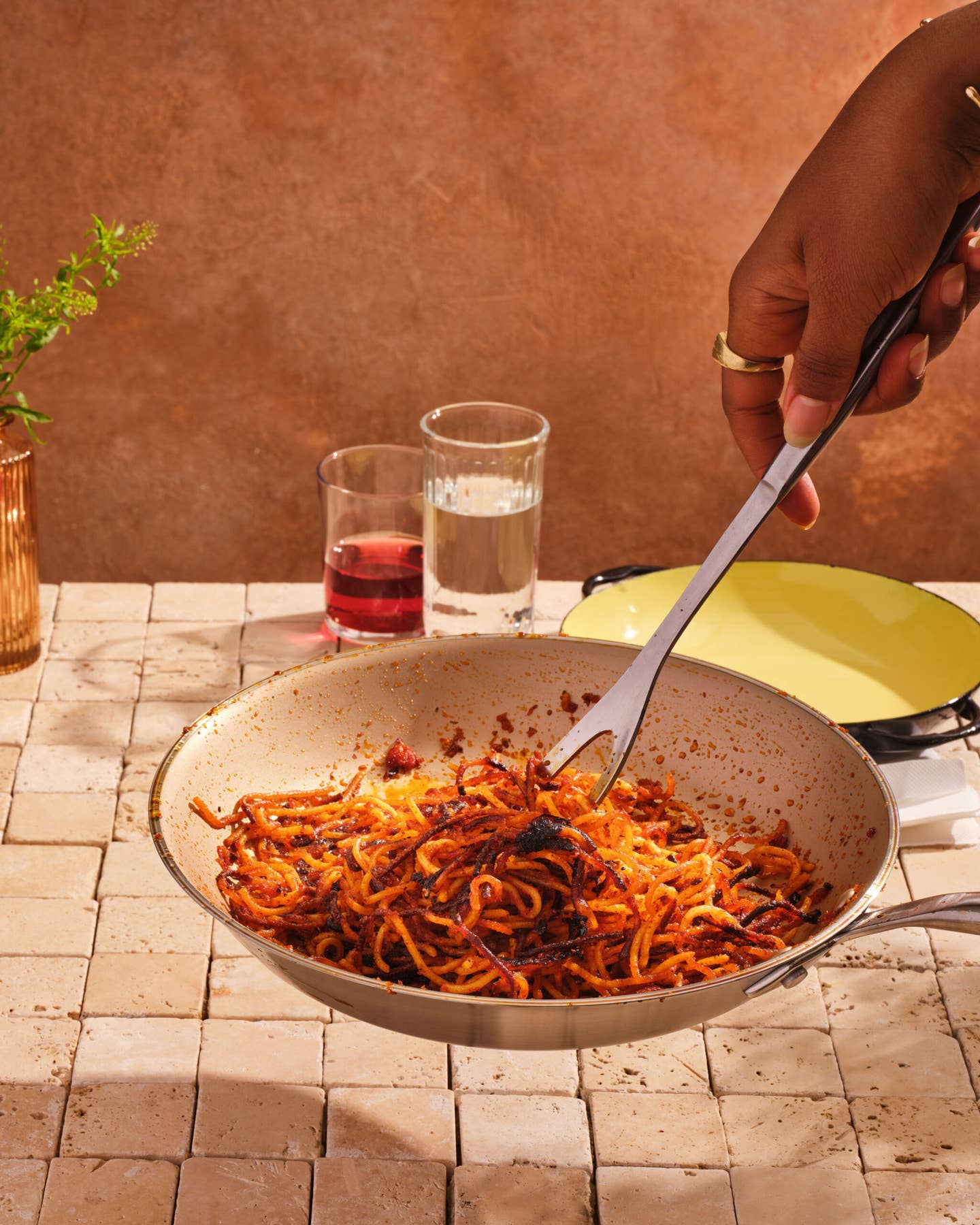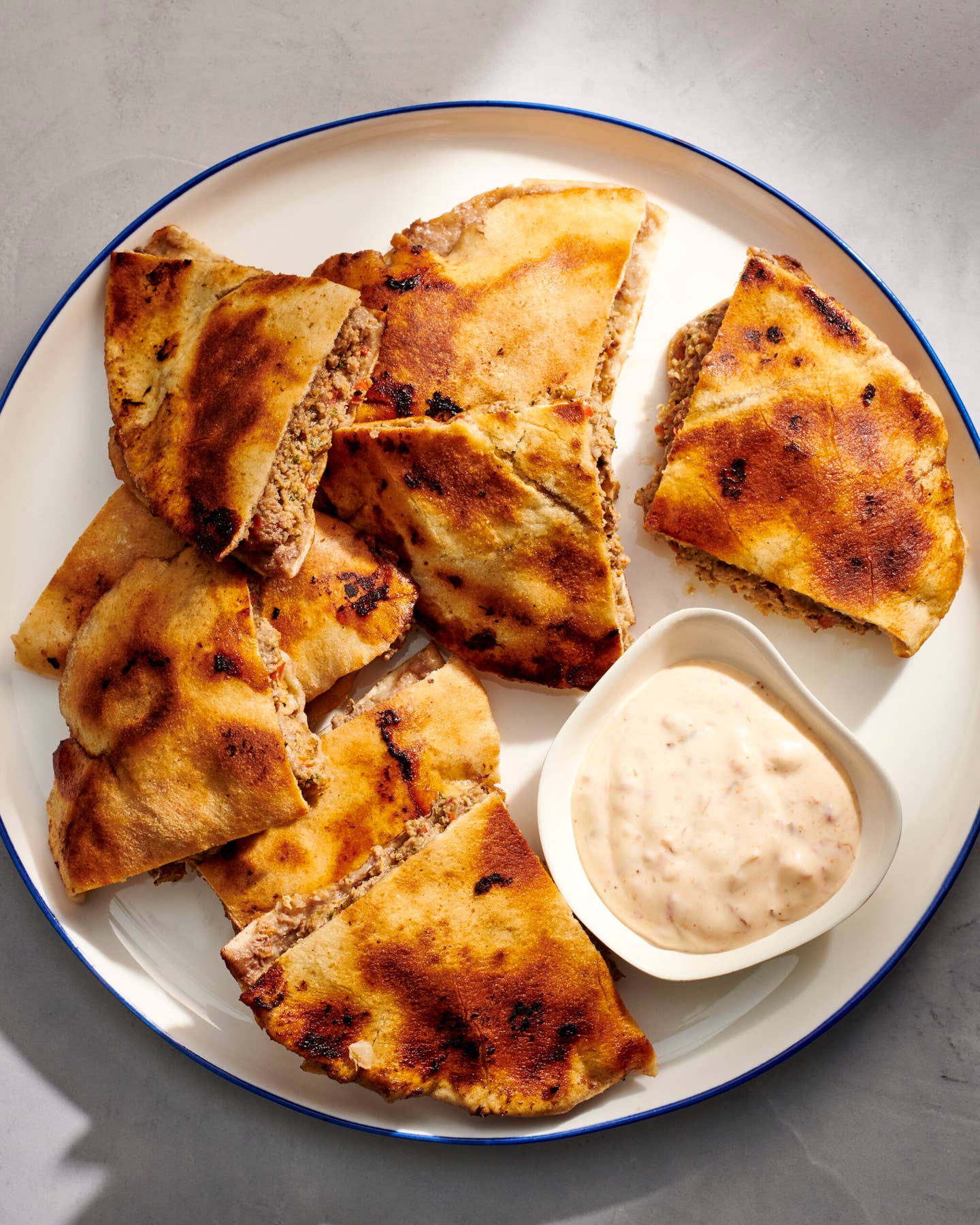
How to Choose the Right Duck for Cooking
An explanatory guide on different types of ducks to use for cooking.
No other bird boasts as much flavor and utility as duck. The breasts are delicious sauteed or roasted; the legs, when braised to make confit, add richness to stews and succulence to salads; the carcass and wings make a knockout stock; and the rendered fat lends depth to fried and roasted foods. To make the most of this versatile bird, seek out the breed that suits the dish you're preparing.
For dishes like duck a l'orange (see Duck À l'Orange), in which various duck parts are cooked separately, we prefer mild, meaty Pekin duck. Often labeled Long Island duckling, Pekin is available in supermarkets, inexpensive, and easy to work with. The tender breast should be sauteed, while its muscular legs take to braising.
Native to South America and leaner than Pekin, the deeply flavored Muscovy duck takes well to roasting or stewing. For roasting, select the smaller female. The breast of the gamey Mallard, an exceptionally lean North American duck available in markets during the fall, is delicious when wrapped in bacon and smoked, which keeps the meat moist. Stew the small legs in gumbo or use them to make stocks and sauces.
The large Moulard, a cross between Muscovy and Pekin, is often fed grain to fatten its liver for foie gras. It is prized as well for its rich flesh, a result of that diet. Look for its meaty breasts, which are sold separately and labeled "magret." Saute or grill them medium-rare like a steak.
To purchase any of these ducks whole or in parts, including rendered fat and confit, contact D'Artagnan (800/327-8246; www.dartagnan.com).
Keep Reading
Continue to Next Story










